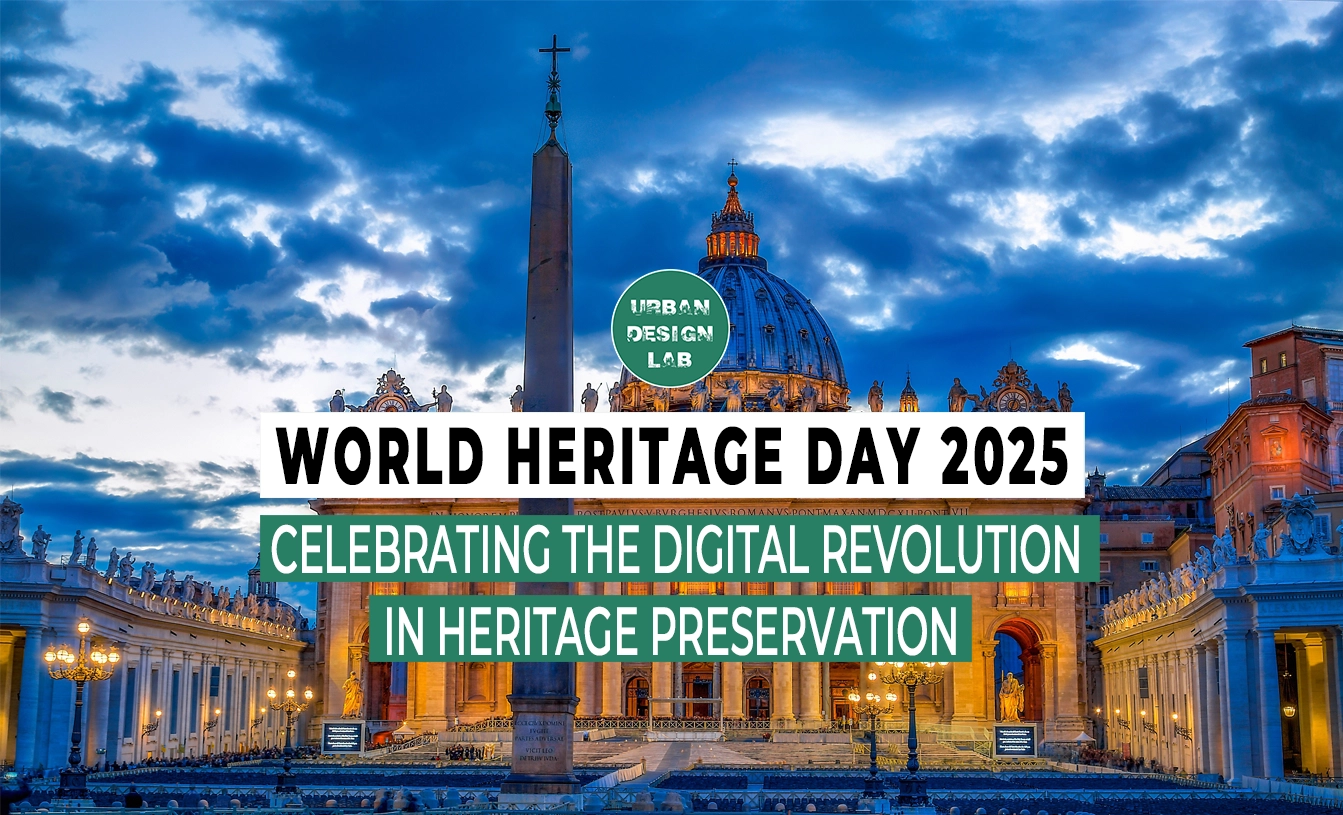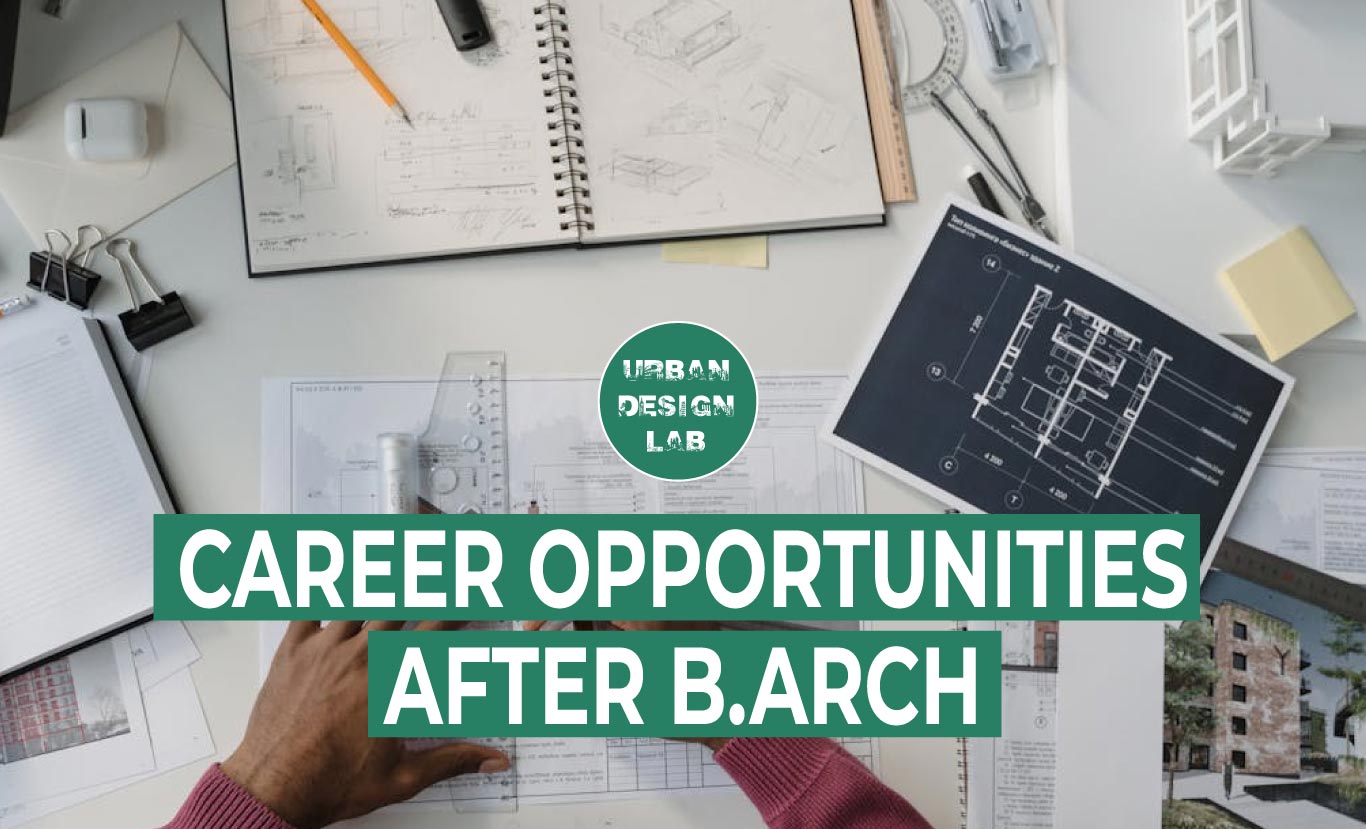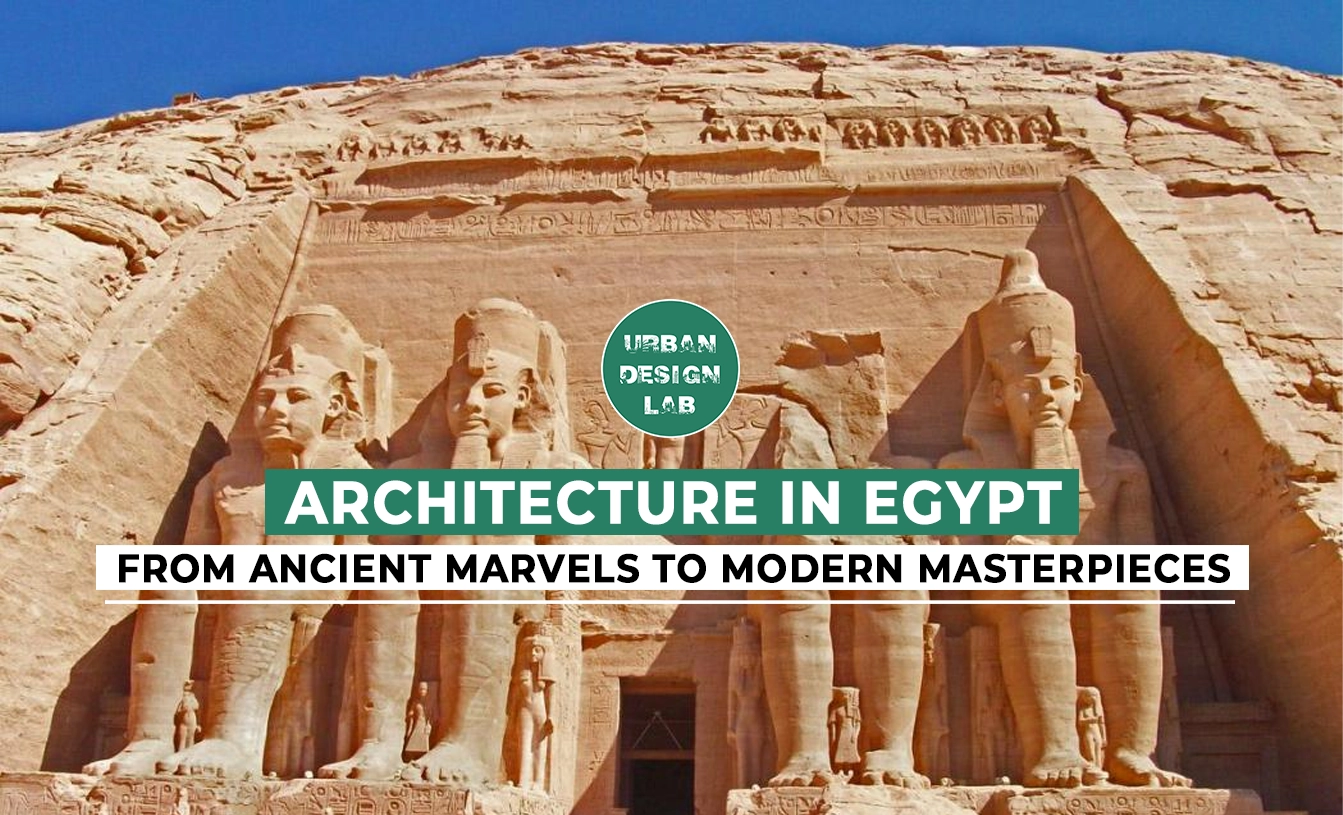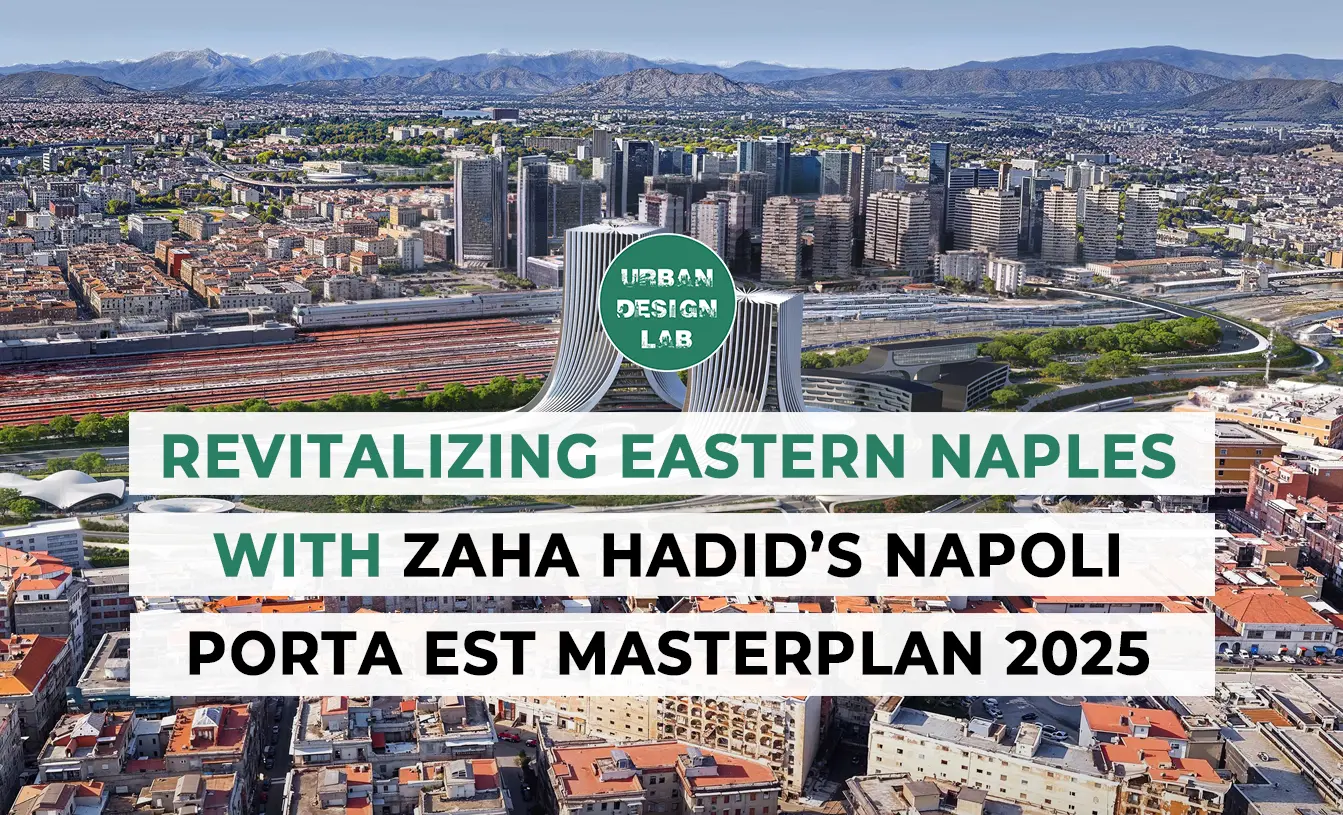
Khan Khalili, El-Gamaleya: Cairo’s Historic Bazaar and Cultural Landmark
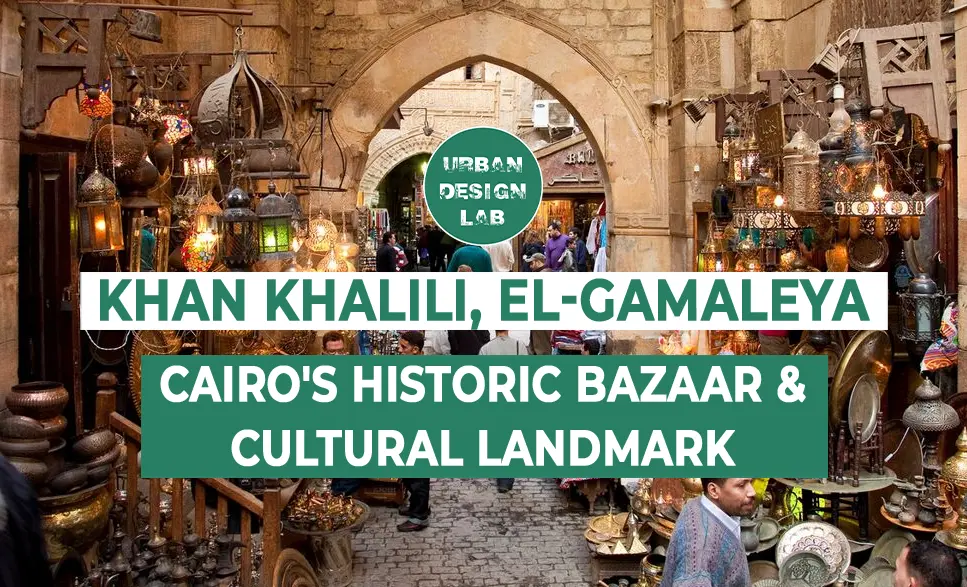
Nestled in the heart of Cairo’s historic El-Gamaleya district, Khan El-Khalili stands as a vibrant testament to Egypt’s rich cultural and commercial history. This bustling bazaar, with its labyrinthine alleys and centuries-old architecture, is not just a market but a living museum, offering visitors a glimpse into the soul of Cairo. Whether you’re drawn by the allure of handcrafted jewelry, the scent of exotic spices, or the echoes of ancient history, Khan El-Khalili is an essential destination for anyone seeking to experience the essence of Egypt.
Historical Background
Khan El-Khalili was established in 1382 by the Emir Djaharks El-Khalili, a powerful Mamluk ruler, during the reign of Sultan Barquq. Originally, the bazaar was built as a caravanserai, a place where merchants from across the Islamic world could rest and trade their goods. Over the centuries, it evolved into a thriving marketplace, attracting traders and craftsmen from all corners of the globe. The bazaar’s location in the heart of Islamic Cairo, near the Al-Hussein Mosque and Al-Azhar University, further cemented its status as a cultural and religious hub.
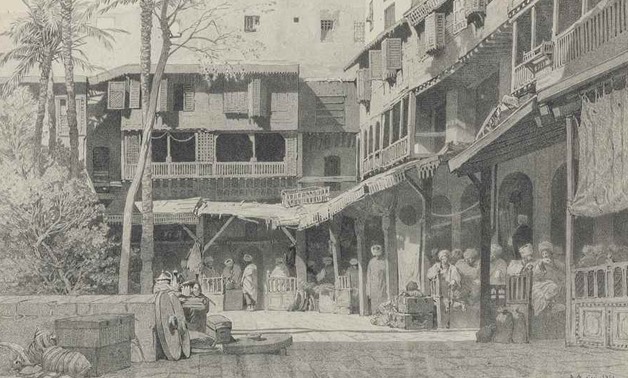
The Market Experience
Walking through Khan El-Khalili is an immersive experience that engages all the senses. The bazaar is a kaleidoscope of colors, sounds, and scents, with vendors calling out to passersby, inviting them to explore their wares. From intricate silver jewelry and hand-blown glassware to vibrant textiles and traditional Egyptian souvenirs, the market offers a treasure trove of unique items. The craftsmanship on display is a testament to the skill and creativity of Egyptian artisans, many of whom have inherited their trades from generations past.
One of the highlights of visiting Khan El-Khalili is the opportunity to haggle with the vendors, a practice deeply rooted in the local culture. Bargaining is not just about getting a good deal but also about engaging in a social ritual that dates back centuries. For those less inclined to shop, the bazaar is also home to several traditional coffeehouses, where visitors can relax with a cup of mint tea or a puff of shisha while soaking in the lively atmosphere.
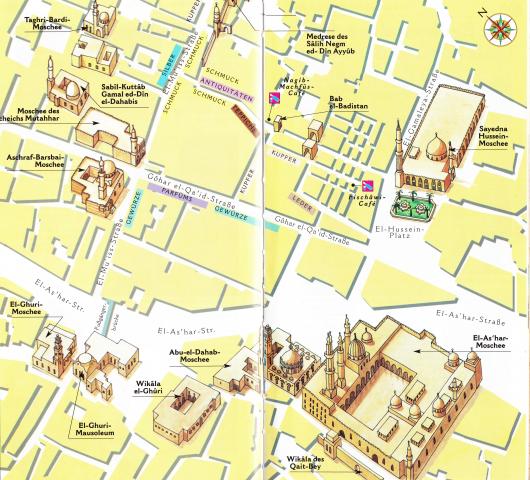
Source: Website Link
Cultural and Social Significance
Khan El-Khalili is more than just a marketplace; it is a cultural landmark that reflects the diversity and dynamism of Cairo. The bazaar has long been a meeting point for people from all walks of life, from local residents to international tourists, and from artists and intellectuals to merchants and traders. This vibrant mix of cultures and perspectives has contributed to the unique character of Khan El-Khalili, making it a microcosm of Cairo itself.
Over the years, Khan El-Khalili has also served as a source of inspiration for countless writers, artists, and filmmakers. The bazaar’s atmospheric alleys and historic buildings have been featured in numerous works of literature and cinema, capturing the imagination of audiences worldwide.
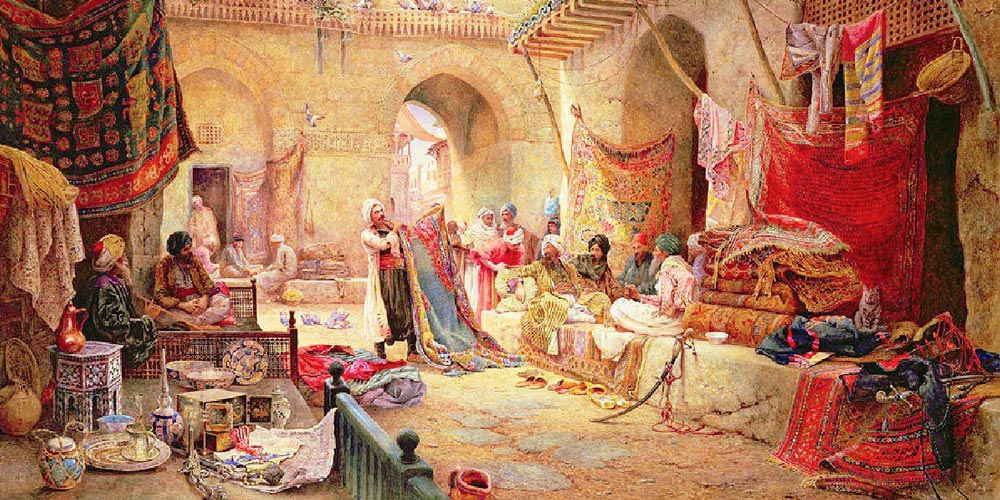
Source: author
Architectural Significance
The architecture of Khan El-Khalili is a testament to Cairo’s medieval Islamic heritage. The bazaar’s narrow streets are lined with historic buildings adorned with intricate woodwork, ornate facades, and mashrabiya windows. Many of these structures have been preserved or restored, allowing visitors to step back in time and experience the charm of a bygone era. The area surrounding the bazaar is also home to several significant landmarks, including the Al-Azhar Mosque, one of the oldest universities in the world, and the Mosque of Sayyidna al-Hussein, a revered site for Muslims.

Artisans and Crafts
The bazaar is home to numerous artisans who continue to practice traditional crafts passed down through generations. Visitors can watch craftsmen at work, creating intricate brassware, hand-painted ceramics, and embroidered textiles. The handmade goods found here represent the rich artistic traditions of Egypt and serve as a testament to the craftsmanship that has been preserved over the centuries.
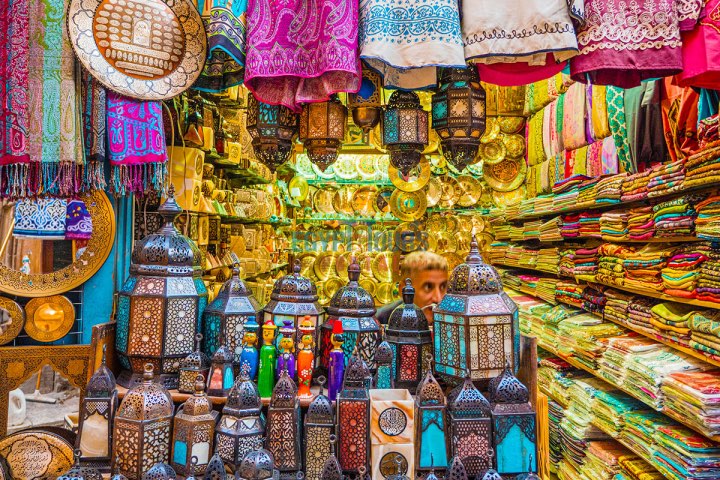
Source: author
Conclusion
Today, Khan el-Khalili remains a vital part of Cairo’s cultural and economic life. While it has adapted to modern times, with some shops selling more contemporary items, it still retains much of its old-world charm. It is a must-visit for anyone looking to experience the essence of Cairo, offering a mix of history, culture, and a vibrant shopping experience that reflects the spirit of the city.
References
- https://vanillapapers.net/2023/01/15/khan-el-khalili
- cairo/https://www.localguidetoegypt.com/post/khan-el-khalili-an-egyptian-local-s
- guidehttps://ijaf.journals.ekb.eg/article_95618_4f7a92a0826d96e2a217c811b7d7a991.pdfhttps:/
- www.leriadcairo.com/en/blogs/KhanElKhalili

Mostafa dagher
About the author
Mostafa is an architecture student with a deep passion for design, art, and research. With a keen interest in exploring the intersection of traditional and contemporary architectural styles, he is driven by a curiosity to understand how space, form, and culture shape human experiences.
Related articles


Architecture Professional Degree Delisting: Explained

Periodic Table for Urban Design and Planning Elements
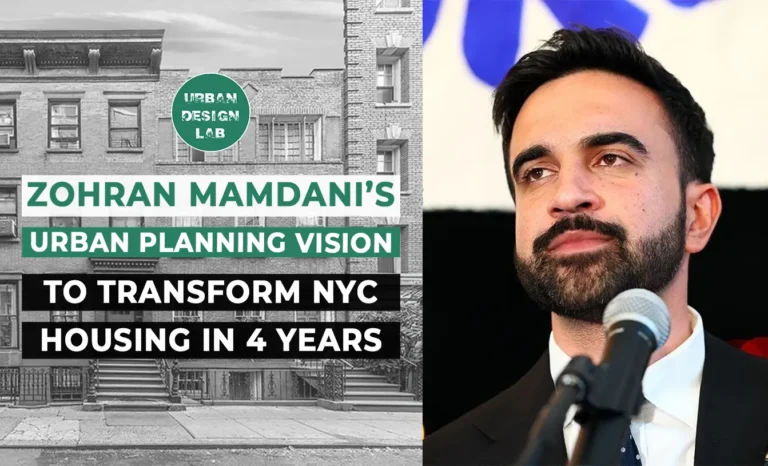
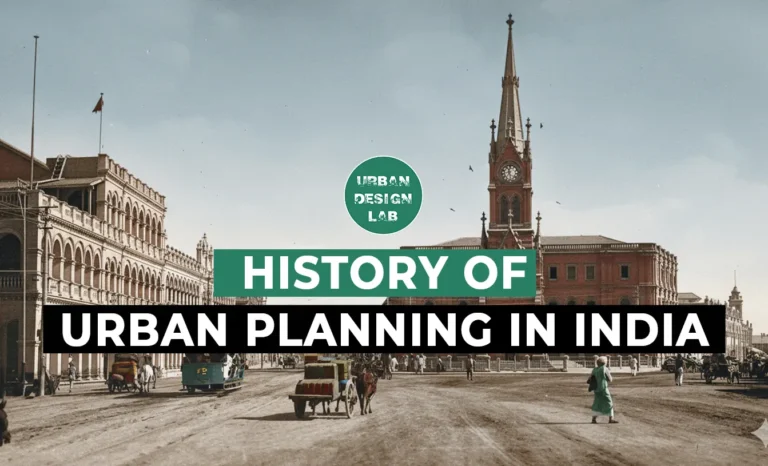
History of Urban Planning in India

Best Landscape Architecture Firms in Canada
UDL GIS
Masterclass
GIS Made Easy – Learn to Map, Analyse, and Transform Urban Futures
Session Dates
23rd-27th February 2026

Urban Design Lab
Be the part of our Network
Stay updated on workshops, design tools, and calls for collaboration
Curating the best graduate thesis project globally!

Free E-Book
From thesis to Portfolio
A Guide to Convert Academic Work into a Professional Portfolio”
Recent Posts
- Article Posted:
- Article Posted:
- Article Posted:
- Article Posted:
- Article Posted:
- Article Posted:
- Article Posted:
- Article Posted:
- Article Posted:
- Article Posted:
Sign up for our Newsletter
“Let’s explore the new avenues of Urban environment together “































